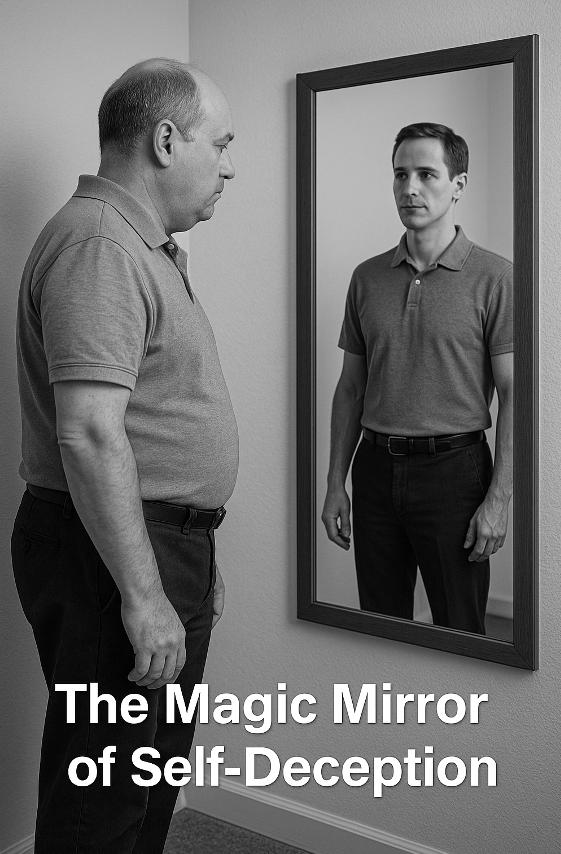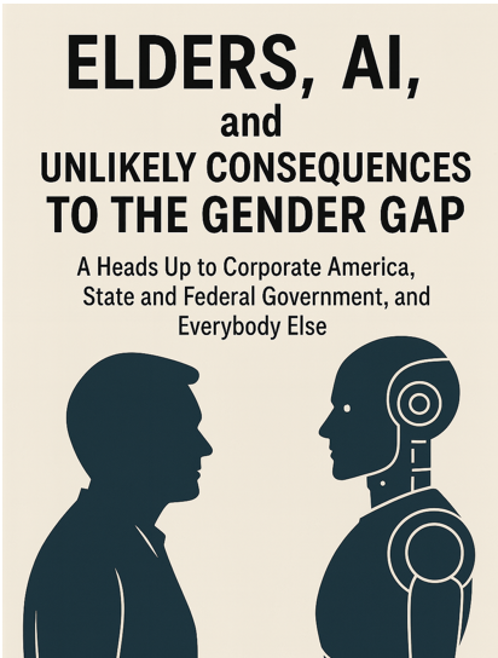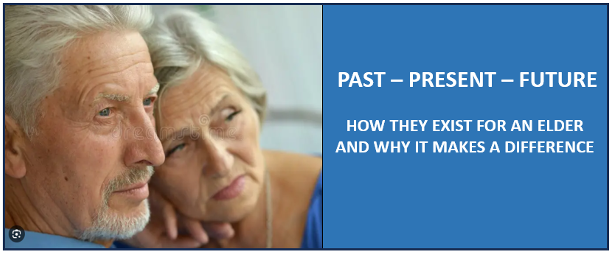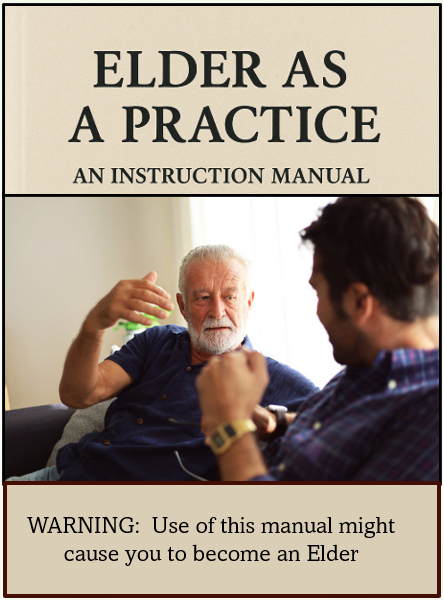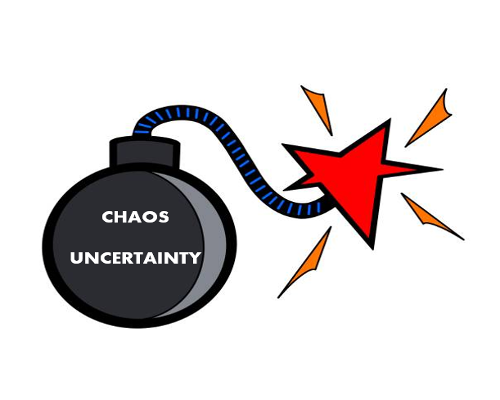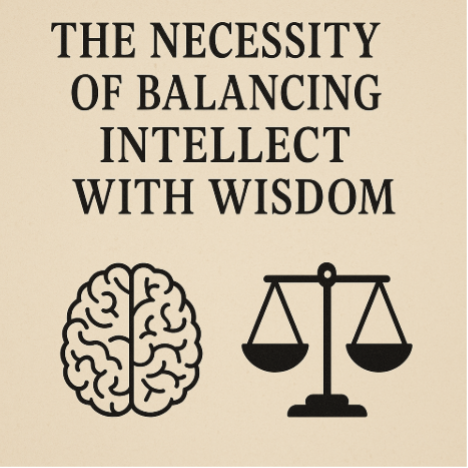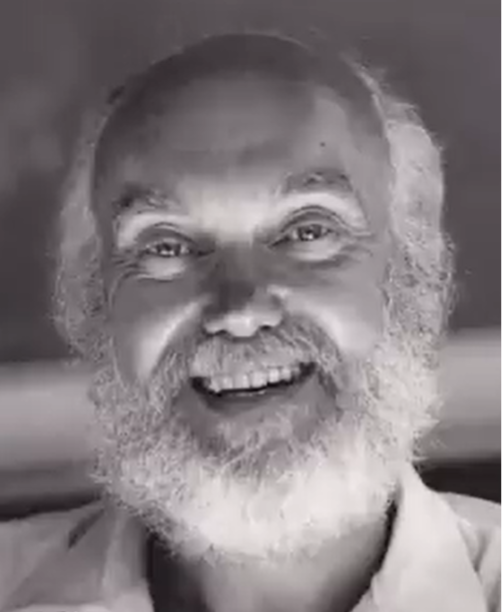DEFRAGGING THE HEALTHCARE SYSTEM
ITS IMPACT ON DENTISTS
INTRODUCTION:
It is clear to me, the healthcare system in undergoing defragmentation. The defragmentation process is rapidly accelerating because of the unhinged rising cost of healthcare, the leaps in AI and the increasing number of people experiencing pain and suffering caused by the pandemic. The healthcare system simply has to become more efficient, cost-effective and generate better clinical outcomes. It needs to be "defragged."
Defragmentation is the process of reorganizing data stored on the hard drive, so that related pieces of data are put back together and lined up in a continuous fashion. The process picks up all the pieces of data spread across a hard drive and puts them back together again. As a result, efficiency and output significantly increase.
Disk fragmentation occurs when a file is broken up into pieces to fit on the disk. Because files are constantly being written, deleted and resized, fragmentation is a natural occurrence. When a file is spread out over several locations, it takes longer to read and write.
Many users blame computer performance problems on their operating system or simply think their computer is "old," when disk fragmentation is the real culprit.
A FRAGMENTED HEALTHCARE SYSTEM
The healthcare system is deeply fragmented - it is broken into small or separate parts. Separations exist between providers, payers, patients, vendors and suppliers - all the pieces seemingly floating around and carelessly connected.
In the current healthcare system, dentists are viewed as peripheral, non-essential players in the system - outliers. But this will dramatically change as defragmentation occurs.
In the world of computers, defragmentation physically organizes the contents of the mass storage device used to store files into the smallest number of contiguous regions. The same will be true for healthcare. The elements that constitute healthcare will be physically organized into smaller contiguous regions.
When a system is fragmented, it requires more work to deliver value and better outcomes. Furthermore, the ability of the system to adapt to environmental changes is diminished. The greater fragmentation, the more vulnerable the system. In healthcare, this vulnerability was readily exposed by COVID-19.
Three major elements contribute to this problem of fragmentation in the healthcare system.
Silo Mentality
Dentistry concentrates its power in vertical units. These silos are reinforced by functionally oriented metrics that have no discernable connection to the performance of other areas in the healthcare system. Without whole system metrics and management systems, silos obscure essential connections and fragmentation increases. A simple example is gingival inflammation and bleeding that relates to the markers in Type 2 diabetics.
Physical Fragmentation
This is the unavoidable result of the actual separation of functions. One consequence of separation is the time it takes a transaction to move from one group to the next. In health care, more serious is the degradation of information associated with transactions as they travel between different providers and other entities. Such delays result in time in which no value is being added. Finally, in addition to being delayed or misunderstood, there is also the possibility that the transaction will simply be screwed-up.
This could help to explain in the recent Johns Hopkins study, more than 250,000 people in the U.S. die every year from medical errors. Other reports claim the numbers could be as high as 440,000. Before Covid-19, medical errors are the third-leading cause of death after heart disease and cancer. Defragmentation would save lives.
It's obvious, defragmentation is going to occur. And with it will come change. There is expanding access to evidence-based knowledge which will directly impact diagnosing, treatment planning, determining quality assurance, allowing provider rating systems, along with which procedures are most strongly recommended on a per case basis.
Of course, there also will be mandate, which are letting patients, providers and payers know that certain treatments are not warranted because of existing chronic conditions. If these conditions improve, then the patient would be eligible for that crown or that bridge, for example. As the system becomes defragmented, everything in the clinical dental arena will be more clearly defined.
Defragmentation will absolutely demonstrate the efficiency and value of delivering a number of primary care functions during a dental visit. The patient is already in the chair. They say time is money, but today, time is cost. Getting things done at the same time only makes sense.
Cultural Fragmentation
This type of fragmentation is less obvious than physical fragmentation but is often far more deleterious. Cultural fragmentation comes from a lack of alignment on priorities and is aggravated by internally, functionally focused metrics. Items that are a high priority in one healthcare entity are shuffled to the bottom of the pile in another organization. Does a physician have any clue what to do with gingival inflammation ratings and bleeding scores? Barriers are not crossed. As the degree of misalignment increases, so too does the "leakage" of value, money and the decrease in performance.
Then, there are the ego and identity issues of the various stakeholders. The ego naturally generates a pecking order, the identity a hierarchy of arrogance. These ego and identity-driven cultural divisions will be the hardest barriers to
CONCLUSION
System fragmentation occurs when the critical processes aren't managed as an integrated system. Workflows become a complex series of handoffs between organizations, providers, functions, accountabilities and information systems. Each handoff represents an opportunity to introduce error, delay and added cost.
Processes in a fragmented system are like a convoluted system of poorly joined plumbing, with pipes that leak time, money and in healthcare, optimum patient care. Not getting a flu shot at a hygiene appointment makes no sense. And while we're at it, the computer monitor shows the patient needs a blood draw for her yearly blood panel. If done in the dental office, this simple procedure will save over $400 to $700 dollars and two hours of time for the patient. Physicians interaction if required can be done on their respective screens.
Defragging healthcare will therefore be value-driven and cost-driven. As defragmentation occurs, the traditional walls between the many disparate entities in the healthcare industry will be demolished. The system must work, not as a bunch of dissimilar parts.
COUNTERPOINT
I've spoken to my contacts in the insurance industry, both medical and dental. They say it will never happen. "We've been talking about this for years. Dental insurance is not even in same universe as medical insurance. Capitation doesn't work in dentistry. The IT platforms are aliens to each other. Cost too much money to make any changes. There is no leadership to make it happen. Everybody is 'kind-of' happy where they are."
I've been around long enough to know when the costs painfully outweigh the benefits, change happens. Defragmentation will happen, it is happening, and it will change a lot of things including who dentists are and what dentists do.
